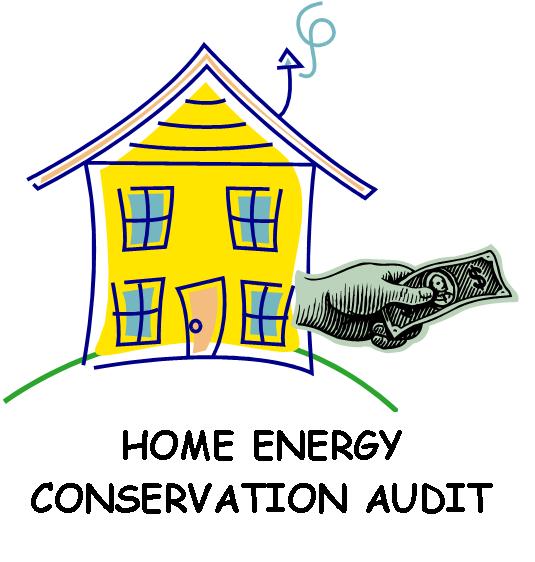Why You Should Give Your Home an Energy Audit
It’s a fundamental law of the universe (actually, the Second Law of Thermodynamics) that entropy increases over time in an isolated system – practically, this means that a system will only ever lose energy over time. This has fundamental consequences for your home: no matter what you do, you’re going to lose energy, and with energy bills rising, it’s as good a time as any to do a full energy audit on your property to see where you can make the most savings.
For example, a full energy audit can save you a huge amount off your heating bills each year: between 5 and 30 per cent, which can add up to a thousand dollars in winter. The idea is to do a series of tests that check the efficiency of your household heating and cooling systems, as well as check the overall efficiency of your home.
You can hire a professional to do this for you… or you can do it yourself. Here’s how.

Checking Equipment
Your first job is to check your house’s heating and cooling equipment, which should be inspected annually, or as often as the manufacturer recommends. Check and replace filters in a forced air furnace about once every month or two – and if your unit is more than 15 years old, consider replacing it with a newer, energy-efficient unit. Ductwork should also be checked for dirt streaks, which may indicate air leaks, especially near seams. Seal these with duct mastic, and insulate any exposed pipes or ducts.
Next check the lighting, which can cost up to 10% of your electricity bill. You may wish to replace your light bulbs with the most efficient versions available, like compact fluorescent lamps (CFLs) or light emitting diodes (LEDs). Also, try and reduce lighting use by using dimmers or timers. Similarly, try strategies to reduce your use of appliances and electronics, and aim for energy-efficient versions of these as well.
Checking for Leaks
Air leaks, also known as drafts, can be a huge issue and when sealed can save between 10 and 20 per cent of your energy per year. Leaks can occur both indoor and outdoor: for indoor leaks, check the wall and ceiling junctures and the gaps along the baseboard, and for outdoor leaks, prioritize areas where two different types of materials meet. Also consider windows and doors, as well as lighting and plumbing fixtures, electrical outlets, and switches.
Leaks should be sealed where they are found, plugging or caulking for pipes, faucets, wiring, and electrical outlets. Seal cracks in mortar, foundation and siding with the appropriate material. However, it’s important to note that you should consider appropriate ventilation if you have a furnace that burns fuel (like propane, wood, or natural gas) – otherwise indoor air quality can suffer and might become dangerous, especially if exhaust fans pull combustion gases back into the living space, in what is known as a ‘backdraft’.
Checking Insulation
Losing heat through the walls and roof is often a consequence of insufficient insulation. Particularly if you have an older home, you may find that the insulation initially installed is not enough for your needs. Check that all openings for pipes and ducts in the attic are well sealed, that the attic vents aren’t blocked by insulation, and set up a vapour barrier under the attic insulation if one doesn’t exist already. A vapour barrier keeps moisture out; too much moisture reduces the effect of insulation and can damage your house’s structure, so consider using vapour barrier paint on interior ceilings in a pinch.
Wall insulation is trickier: ensure that your outlets are not receiving any electricity, and then remove a cover plate from one and probe the wall with a long thin implement. If you feel some resistance, then there is some insulation present. You may have to check in several areas to be satisfied that all of your walls are filled with insulating foam.
Conclusion
Once you have audited your property, you can start to make changes based on what you find – like ensuring that the walls are insulated, and making sure that all air leaks and drafts are sealed. You should start to see a noticeable difference in your energy bills, as well as a change in your comfort level once all those drafts have gone!


0 Comments
Recommended Comments
There are no comments to display.